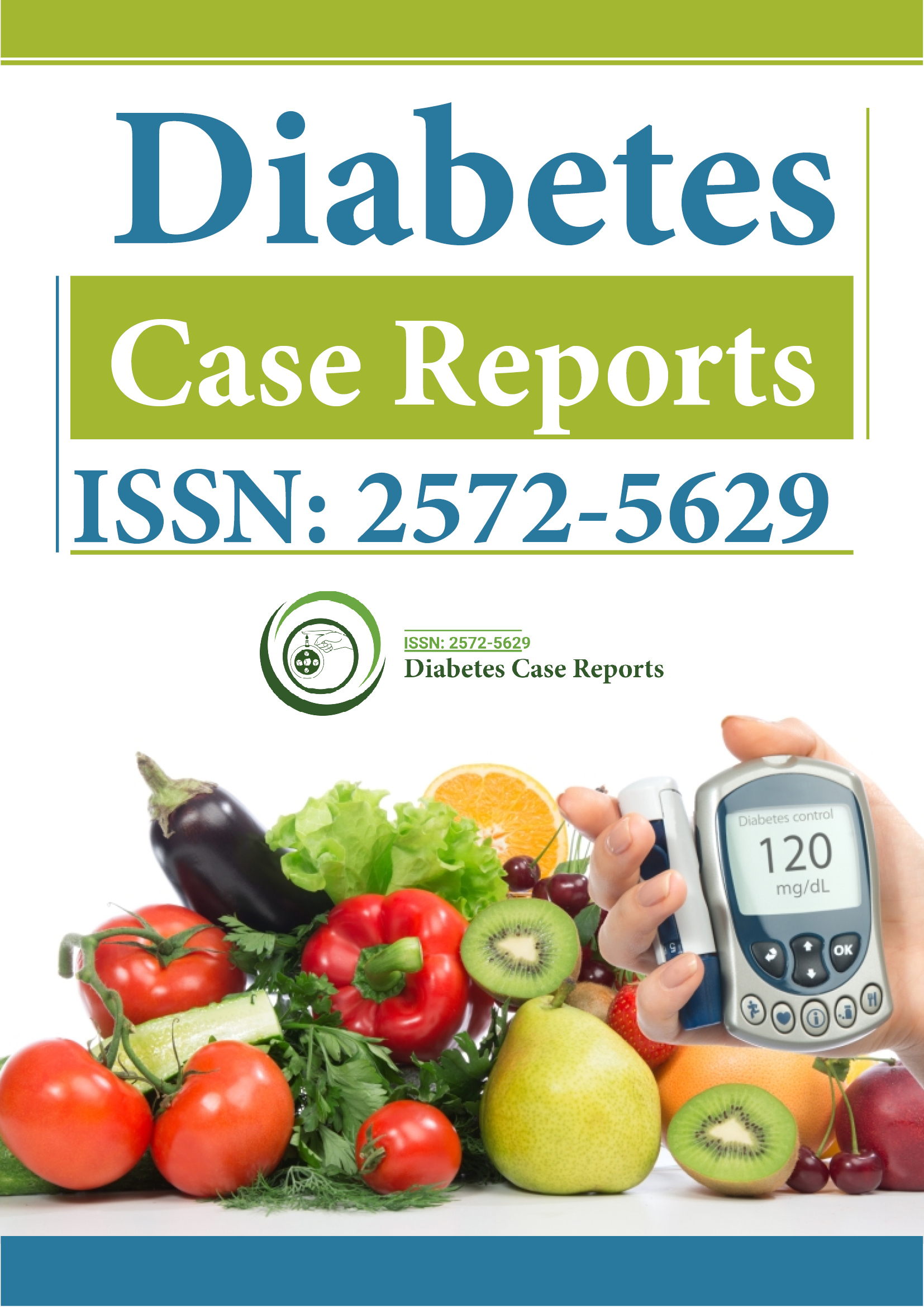Indexed In
- RefSeek
- Hamdard University
- EBSCO A-Z
- Euro Pub
- Google Scholar
Useful Links
Share This Page
Journal Flyer

Open Access Journals
- Agri and Aquaculture
- Biochemistry
- Bioinformatics & Systems Biology
- Business & Management
- Chemistry
- Clinical Sciences
- Engineering
- Food & Nutrition
- General Science
- Genetics & Molecular Biology
- Immunology & Microbiology
- Medical Sciences
- Neuroscience & Psychology
- Nursing & Health Care
- Pharmaceutical Sciences
Opinion - (2025) Volume 10, Issue 2
The Impact of Physical Activity Patterns on Glucose Management
Marco Jensen*Received: 26-May-2025, Manuscript No. DCRS-25-29659; Editor assigned: 28-May-2025, Pre QC No. DCRS-25-29659 (PQ); Reviewed: 11-Jun-2025, QC No. DCRS-25-29659; Revised: 18-Jun-2025, Manuscript No. DCRS-25-29659 (R); Published: 25-Jun-2025, DOI: 10.35841/2572-5629.25.10.243
Description
The regulation of blood sugar is a delicate balance influenced by many factors, and physical activity plays a central role. While the benefits of exercise are widely accepted, the ways in which different types, intensities, and frequencies of movement affect glucose levels are complex. Understanding these nuances helps individuals make informed choices that fit their lifestyles and support better health.
Engaging in regular physical activity encourages the muscles to use glucose for energy, reducing the amount circulating in the bloodstream. This effect often leads to improved sensitivity to insulin, which means the body requires less of the hormone to manage sugar levels. Over time, people who stay active tend to experience greater stability, fewer extreme fluctuations, and better overall control.
Strength training complements aerobic movement by building and maintaining muscle mass. Since muscle tissue acts as a reservoir for glucose, having more muscle helps the body manage sugar more effectively. Activities like weight lifting, resistance band exercises, or bodyweight routines contribute to this goal. Additionally, increased muscle strength supports mobility and daily functioning, which benefits overall quality of life.
Flexibility and balance exercises, including yoga or stretching, may not directly affect glucose levels as much as aerobic or strength activities, but they support the ability to stay active and reduce injury risk. Maintaining a wide range of motion allows for more comfortable and consistent movement, which indirectly supports long-term glucose management.
Frequency and consistency are key. While occasional bursts of intense exercise can be helpful, the body responds best to regular patterns of activity. Ideally, individuals aim for daily or near-daily movement, even if some days are lighter than others. Sitting for prolonged periods, especially without breaks, is linked to poorer glucose control. Simple changes, like standing up to stretch every hour or taking short walks, contribute positively.
The timing of activity in relation to meals also influences glucose patterns. Exercising soon after eating may help reduce postmeal sugar spikes by encouraging muscle cells to absorb glucose. Conversely, very intense exercise without proper fueling might cause low sugar episodes in some individuals. Experimenting with timing and intensity while monitoring responses helps determine personal preferences and limits.
Adapting physical activity to individual needs and limitations is crucial. Age, existing health conditions, injuries, or fatigue may restrict certain movements. It is important to choose activities that feel manageable and enjoyable rather than forcing routines that lead to burnout or injury. Modifications and gradual progression foster adherence and reduce frustration.
Social support often encourages physical activity. Joining groups, classes, or walking clubs can provide motivation, accountability, and enjoyment. The presence of companions makes routines more pleasant and helps sustain efforts during difficult periods. Virtual communities and apps also offer opportunities to connect with others pursuing similar goals.
Conclusion
Consistent and varied physical activity supports blood sugar regulation through multiple pathways. Combining aerobic exercise, strength building, flexibility, and balance enhances the body’s ability to process glucose effectively while improving overall wellbeing. For instance, incorporating physical activity into daily tasks, such as gardening or household chores, offers opportunities to move without setting aside extra time. Recognizing personal limits and preferences, seeking social support, and monitoring responses ensure sustainable routines. Approaching movement as a lifelong habit rather than a short-term goal contributes significantly to healthier living.
Citation: Jensen M (2025). The Impact of Physical Activity Patterns on Glucose Management. Diabetes Case Rep. 10:243.
Copyright: © 2025 Jensen M. This is an open-access article distributed under the terms of the Creative Commons Attribution License, which permits unrestricted use, distribution and reproduction in any medium, provided the original author and source are credited.
